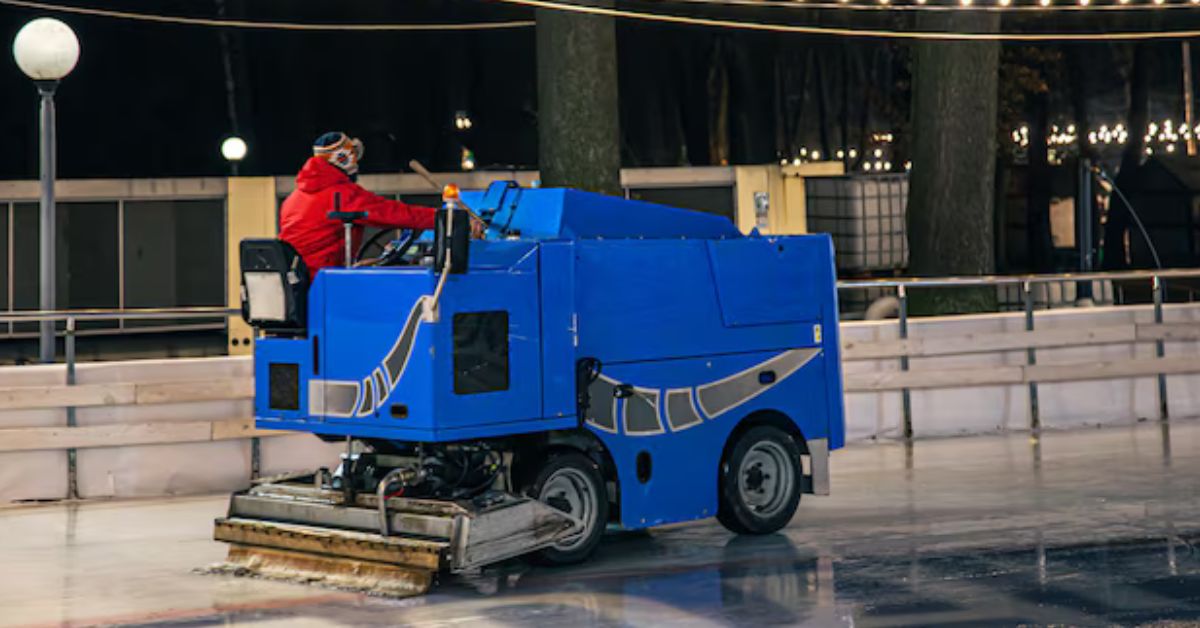Introduction to Air Vacuum Street Sweepers
In an era of rapidly expanding urban centers, ensuring clean and healthy environments is more crucial than ever. Street sweepers are pivotal in this endeavor, helping keep the thoroughfares free of debris and pollutants. Over the decades, technology has made significant strides, introducing advanced cleaning machines that outperform their predecessors. Among these, the regenerative air street sweeper has emerged, harnessing the power of air vacuum technology to redefine urban cleanliness. These machines, equipped with cutting-edge technology, exemplify innovation by removing visible litter and capturing microscopic pollutants contributing to air quality degradation.
The history of street sweeping dates back to the early 19th century, when manually operated machines gradually gave way to mechanical sweepers. With air vacuum technology, cities can achieve higher sanitation standards. The transition to these technologies mirrors society’s broader environmental aspirations—cleaner, greener, and more sustainable urban living spaces.
How Air Vacuum Street Sweepers Work
Air vacuum street sweepers combine powerful suction mechanisms with advanced filtration systems to achieve thorough cleaning. These machines resemble industrial vacuum cleaners, using suction to remove large debris and delicate, almost invisible particulates. Comprehensive cleaning begins with creating a strong airflow that lifts debris from the surface. This debris-laden air is then guided through high-efficiency filters that trap particulates, preventing them from being released into the environment.
The filters play a crucial role, ensuring that particulate matter and allergens are not reintroduced into the air, thus providing a safer, cleaner environment. This technology ensures that streets are dirt-free and healthier by reducing airborne pollutants, contributing to an overall enhancement in urban air quality.
The Environmental Benefits of Air Vacuum Technology
The environmental advantages of air vacuum technology are compelling. These sweepers excel in minimizing airborne particulate pollution, a significant contributor to urban health issues. The machines capture fine particles and prevent them from being stirred up and inhaled by residents, enhancing public health. Furthermore, many air vacuum sweepers feature low-emission engines, reflecting a dedication to minimizing their carbon footprint.
Cities that adopt these technologies are making a statement about their commitment to sustainability and public health. Integrating air vacuum street sweepers improves air quality and reduces urban heat islands, thanks to cleaner streets that reflect more sunlight.
Comparing Different Street Sweeper Technologies
Street sweepers are not a monolith; they come in various types, each with its technology and features. Mechanical sweepers, for example, rely on rotating brushes and conveying systems to collect dirt. These machines are effective for larger debris but may struggle with finer particulates. Regenerative air sweepers deploy blasts of air to dislodge debris, which is then vacuumed. However, air vacuum sweepers improve efficiency by utilizing advanced suction and filtration systems to capture the broadest range of pollutants.
The comparison concerns power, ecological impact, and operational costs. While older technologies may be less expensive initially, the air vacuum models offer long-term savings through reduced maintenance and fuel costs and satisfy stricter environmental regulations.
Essential Features to Look for in a Street Sweeper
When investing in a street sweeper, several features demand attention. Durability and design top the list; a robust machine can withstand the rigors of daily urban cleaning. Ease of operation is also crucial, ensuring operators can efficiently use the machine with minimal training. The filtration system’s efficiency is paramount in capturing the most comprehensive range of pollutants, a key consideration for cities aiming to improve air quality.
Moreover, compliance with environmental standards cannot be neglected, ensuring the sweeper cleans effectively and does so sustainably. Buyers should carefully weigh these factors against their needs and urban challenges when selecting a street sweeper.
Maintenance and Care for Longevity
Like any machinery, maintaining air vacuum street sweepers is vital for ensuring prolonged operational life and efficiency. Critical maintenance tasks include:
- Regular inspection and cleaning of filters.
- Checking the integrity of the suction and air circulation systems.
- Routine engine servicing.
Proper maintenance helps prevent costly repairs and extends the device’s useful life, securing the investment and ensuring reliable performance. By adhering to a consistent maintenance schedule, city services can avoid downtime, thus maintaining cleaner streets and a healthier environment.










